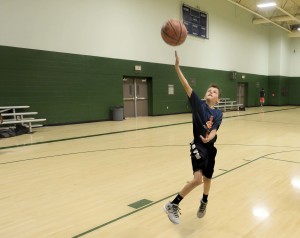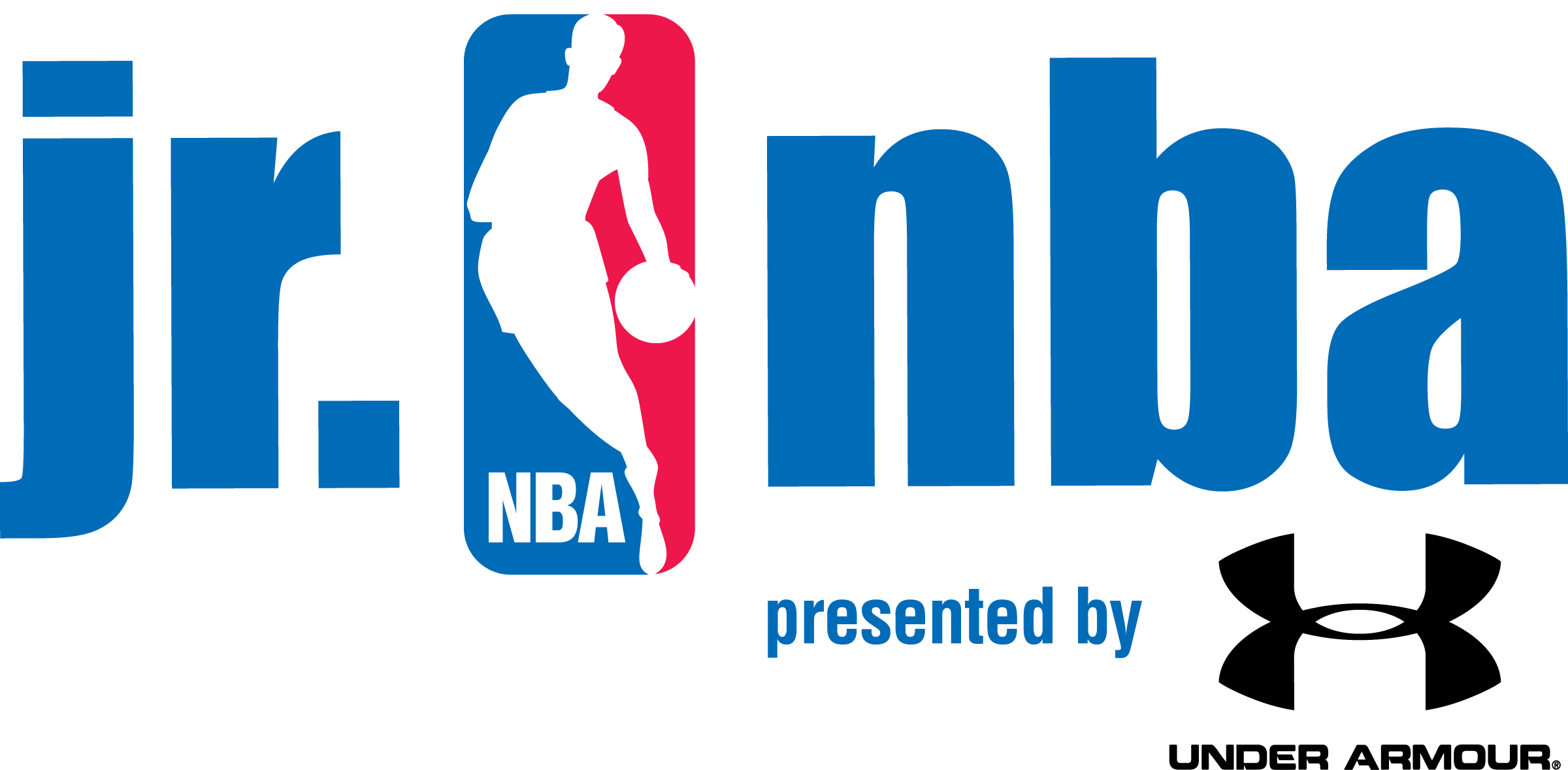
Basketball on the Edge – Long Term Athlete Development & Its Impact on Youth Basketball

You may have never heard of Long Term Athlete Development (LTAD), but if you are the parent of a child that participates in youth sports you should begin to make yourself familiar with the concept of LTAD. LTAD is a model created by Dr. Istvan Balyi to guide the athletic development process from age 6 through retirement from the player’s chosen sport. The LTAD approach emphasizes age-appropriate skill development to maximize the athlete’s potential and builds progressively throughout a player’s career increasing the level of detailed coaching and instruction as the athlete reaches the next level of the model. We know that individual children progress through different developmental stages at different rates; the LTAD model makes the connection between athletic development and those developmental stages that all children go through.
Read through the stages of LTAD as described in this excerpt from Long-Term Athlete Development by Istvan Balyi, Richard Way, and Colin Higgs. Following the excerpt I’ll share my thoughts on ways the current youth basketball environment is falling short when it comes to LTAD.
To implement the LTAD model, people must fully understand the seven stages. Administrators, coaches, and parents should also remember that moving from one stage to another is based on the athlete’s development and not just chronological age; however, chronological age can be used as a guide. Some stages also identify a developmental age. For example, the beginning of the growth spurt identifies a specific developmental age, which occurs at widely varying chronological ages. Males and females develop at different rates, and their ages differ through the stages. LTAD, therefore, requires the identification of early, average, and late maturers to design training and competition programs that match athletes’ trainability and readiness.
1. Active Start. (Goal – Play and basic movement skills)
Until age 6, it is all about play and mastering basic movement skills! Children should be able to have fun with physical activity through both structured and unstructured free play that incorporates a variety of body movements. An early active start enhances the development of brain function, coordination, social skills, gross motor skills, emotions, and imagination. It also helps children build confidence, develop posture and balance, build strong bones and muscles, achieve a healthy weight, reduce stress, sleep well, move skillfully, and enjoy being active.
2. FUNdamentals. (Goal – Build overall general motor skills)
From ages 6 to 9 in boys and 6 to 8 in girls, children should participate in a variety of well-structured activities that develop fundamental movement skills and overall motor skills including agility, balance, and coordination. However, activities and programs must maintain a focus on fun, and formal competition should be only minimally introduced.
3. Learn to Train. (Goal – Build foundational sports skills)
From ages 8 to 11 in girls and 9 to 12 in boys, or until the onset of the growth spurt, children are ready to begin developing foundational sport skills. The emphasis should be on acquiring a wide range of skills necessary for a number of sporting activities. Although it is often tempting to overdevelop “talent” at this age through excessive single-sport training and competition (as well as early positioning in team sports), this can have a negative effect on later stages of development if the child pursues a late specialization sport. This early specialization promotes one-sided physical, technical, and tactical development and increases the likelihood of injury and burnout.
4. Train to Train. (Goal – Build the engine through training and consolidate their basic sport-specific skills and tactics.)
The ages that define this stage for boys and girls are based on the onset and duration of the growth spurt, which is generally from ages 11 to 15 for girls and 12 to 16 for boys. This is the stage at which people are physiologically responsive to stimuli and training; in other words, the time to start “building the engine” and exploiting the sensitive periods of accelerated adaptation to training (see chapter 6). Children should establish an aerobic base, develop speed and strength toward the end of the stage, and further consolidate their basic sport-specific skills and tactics. These youths may play and do their best to win, but they still need to spend more time on skill training and physical development and less on trying to win (process vs. outcome). Concentrating on the process as opposed to the result of a competition leads to better development. This approach is critical to developing top performers and maintaining activity in the long term, so parents should check with their national organizations to ensure that their children’s programs have the correct training-to-competition ratio.
5. Train to Compete. (Goal – Optimize the engine and learn how to compete.)
This stage is about optimizing the engine and teaching participants how to compete. They can either choose to specialize in one sport and pursue a competitive stream, or continue participating at a recreational level and thereby enter the Active for Life stage. In the competitive stream, high-volume and high-intensity training begins to occur year-round. Ages 15-17 for girls and 16-18 for boys.
6. Train to Win. (Goal – Maximize the engine and maximize performance)
Elite athletes with identified talent enter this stage to pursue the most intense training suitable for international winning performances. Athletes with disabilities and able-bodied athletes alike require world-class training methods, equipment, and facilities that meet their personal demands and the demands of the sport.
7. Active for Life. (Goal – Remain active for life in virtually any sport or activity they choose)
Young athletes can enter this stage at essentially any age following the acquisition of physical literacy. If children have been correctly introduced to activity and sport throughout the Active Start, FUNdamentals, and Learn to Train stages, they will have the necessary motor skills and confidence to remain active for life in virtually any sport they choose. For high-performance athletes, this stage represents the transition from a competitive career to lifelong physical activity. They may decide to continue playing their sport, thus being competitive for life, or they may become involved in the sport as game officials or coaches. They might also try new sports and activities (e.g., a hockey player taking up golf or a tennis player starting to cycle), thus being fit for life.
How does this model differ from what we typically do with our young athletes?
1. We ask kids to specialize too early.
In the LTAD model specialization is not recommended until age 15 for girls and age 16 for boys! Think about how many families you know whose kids are specializing at age 8 or 9. Is that good for those young athletes? The research says no. Athletes that play multiple sports develop better fundamental movement skills that make them better athletes later in the sport they eventually choose. Specialization leads to overuse injuries and burnout. I have heard too many stories of kids that dropped out of a sport at just the time they should be thinking about specializing.
2. Focus on fun
From ages 6-9 the focus should be on fun, not developing super athletes. Here’s the bottom line takeaway for parents and coaches, if you are coaching kids in this age group or your child is this age, make sure that whatever sports program they are involved in puts an emphasis on having fun. “Elite” travel teams at this age make no sense and harm the long term athletic development of your child.
3. Too many games, not enough practice
Even in the “Train to Compete” stage which carries athletes up to age 18 the recommended ratio between training and competition is 50/50. In the earlier stages athletes should spend the majority of their time training and a significantly smaller portion of their time in competition (games). I am certain that this is rarely the case in youth basketball. My son’s fifth grade travel team has 4 hours of practice a week and then anywhere from 1 – 5 one hour games on the weekend during the season. If we have two games on a weekend we meet that ratio, if we have five, the balance is out of whack. Of course, this doesn’t take into account players who may practice on their own throughout the week as well. The bottom line is our young athletes would be better off if they spent more time working on their game and less time playing games.
Part of the reason for this is that during a typical youth basketball game the average player gets very little time with the ball. Unless your child is the point guard or the best player on the team, they won’t get very many touches over the course of a one hour game. On the other hand, well designed team practices or individual training sessions can maximize the number of reps each player gets utilizing the principles of both block and random practice techniques.
According to Balyi, overemphasizing competition in the early phases of training will always cause shortcomings in athletic abilities later in an athlete’s career. Players need a base level of athleticism before they need sport-specific skills. Without that base of athleticism many young players are doomed to a career that ends too early.
4. High intensity, year round training starts too early
Clubs in many sports demand their players commit to year round involvement and 3-5 practices per week at ages 8 or 9. The LTAD model would not recommend this level of intensity until age 15 or 16. We are rushing kids through the early stages of the LTAD model with the idea that we are helping them develop their talent and achieve greatness. The reality is that we are driving kids away from sports before they have an opportunity to really discover who they are as an athlete.
5. Overemphasis on winning in the early stages
Too many programs, coaches, and parents place a huge priority on winning at young ages. Listen, I love to win as badly as anyone and I hate to lose, but I also understand that coaching is about providing a positive experience for players regardless of whether we win or lose. I try to develop my players as people, as well as athletes. The short-term approach to training and performance with an over-emphasis on immediate results that is taken by many coaches ignores the fact that the path to sports greatness is a long one.
6. The ultimate outcome
I would argue that for most young athletes the ultimate goal of sports should be to arrive at the “Active for Life” stage with a positive, confident outlook on sports, health, and general well-being. Sure, there will be those outliers that play college or professional sports, but those athletes are much rarer than we would all like to believe. If we, as coaches and parents, put the emphasis on developing good people who love being active then I believe we will have gotten the most out of our young athlete’s youth sports experience.
The LTAD development model benefits basketball players on all levels of the talent spectrum. The recreational player has more fun and is more likely to stay active throughout their lifetime. The elite player follows the proper progression for making the most of their talent. The next step in the process of transforming youth sports is Long Term Program Development to help program directors, administrators, and coaches implement the LTAD model to create sustainable programs of excellence that build young players both as athletes and as people.
Leave us a comment about this post headstartbasketball@usa.net


